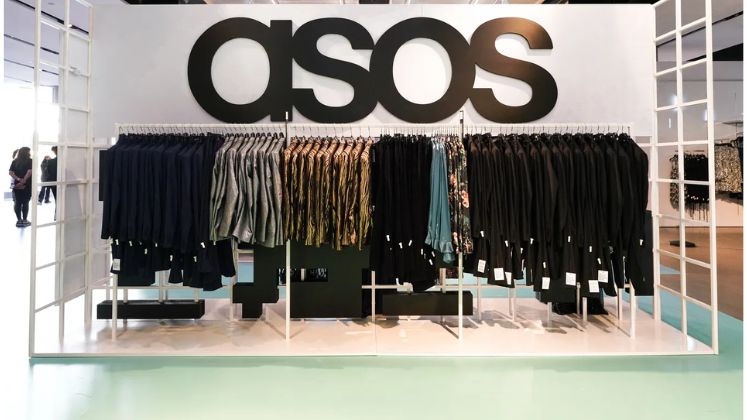
In the midst of its resurgence efforts following a series of losses, the British fashion e-commerce giant, Asos, reported a 12 per cent decline in sales for the fourth quarter.
However, despite this setback, CEO José Antonio expressed unwavering optimism regarding the company’s ongoing recovery. He highlighted that Asos has transformed into a “leaner and more resilient” entity in the year since initiating its Driving Change agenda, a strategy that involves streamlining inventory and cutting operational costs.
Antonio emphasised, “We have reduced our stock balance by around 30 per cent, significantly improved the core profitability of the business, and generated cash against a very challenging market backdrop.”
Turning attention back to the sales figures, Asos faced year-on-year sales declines across all of its markets. The rest of the world experienced the steepest decline at 26 per cent, followed by a 19 per cent drop in the United States. Even in its home market, the UK, where Asos initially made its mark as a fashion e-commerce giant, sales saw a 13 per cent dip. The European market displayed the smallest drop at 4 per cent.
Antonio attributed the sales downturn across all markets, especially in the UK, to adverse weather conditions, with a particularly wet July and August following a hot June.
On a like-for-like basis, fourth-quarter sales fell by 15 per cent, aligning with the company’s prior projections.
Shifting focus to Asos’ bottom line, which has been central to its turnaround strategy, Antonio revealed that the company achieved a profit improvement and cost savings totaling £ 300 million, in line with its FY ’23 target. This achievement propelled order profitability to surge over 35 per cent year-on-year.
Looking ahead, the company anticipates its earnings before interest and taxes (EBIT) for the second half of the fiscal year to be at the lower end of its previous guidance, ranging between £ 40 million and £ 60 million. Furthermore, Asos forecasts a free cash inflow, excluding refinancing costs, to be approximately £ 60 million, down from its earlier estimate of £ 150 million. All other guidance remains unchanged, as affirmed by the company.






